In the context of global tourism moving towards sustainability, the development of community tourism has become a trend. Recently, the “World’s Best Tourist Village 2024” award of the United Nations Tourism Organization named and honored Tra Que vegetable village (Quang Nam) as the only representative of Vietnam to receive this award in 2024. Previously, in 2022 and 2023, this award honored Thai Hai village (Thai Nguyen) and Tan Hoa village ( Quang Binh ).
These villages are vivid evidence of sustainable development between cultural identity and harmoniously combining local tourism resources. From the success of these models, we can draw valuable lessons to develop community-based tourism (CBT) in our localities.
Honored to become “Best Tourist Village”
The UN Tourism World 's Best Village Award aims to enhance the role of tourism in protecting rural villages, including landscapes, knowledge systems, biodiversity and culture, local activities including agriculture, forestry, livestock, fisheries and cuisine.
The selected village must be outstanding in its natural and cultural resources, and have innovative actions and commitments to develop tourism in line with the Sustainable Development Goals (SDGs). UN Tourism has recognized the rich and outstanding cultural and natural resources of Tra Que vegetable village, along with the village’s commitments and actions in accordance with the three main pillars of sustainable tourism development.
Tra Que vegetable village was established in the 16th century, surrounded by Co Co River and Tra Que lagoon, with a temperate climate and fertile soil, creating favorable conditions for local people to develop organic vegetable growing. Currently, Tra Que village has 202 households cultivating vegetables with 326 direct workers on an area of 18 hectares, bringing a stable source of income.
In April 2022, the vegetable growing profession in Tra Que was recognized by the Ministry of Culture, Sports and Tourism and included in the list of national intangible cultural heritage, belonging to the category of folk knowledge and traditional handicrafts.
The flood-prone area of Tan Hoa village, in Quang Binh province, was previously hard to imagine as a tourist village. This place, located in the middle of limestone mountains, has many cave systems formed over millions of years such as Chuot cave, Bat cave, Tung cave, Tu Lan cave... Tan Hoa commune is mainly inhabited by ethnic groups of the Viet - Muong group, with many unique cultural features and folk art values...
This is a great source of eco-tourism and cave tourism. However, Tan Hoa commune often floods every year (from June to September of the lunar calendar). However, they still develop “weather-adapted” tourism and become the “World’s Best Tourist Village”, voted in 2023.
Similarly, Thai Hai village (Thinh Duc commune, Thai Nguyen city) is rustic, full of countryside character, imbued with traditional culture typical of the Tay ethnic group with Tinh and Then singing. The important thing is that Thai Hai villagers have known how to turn their own unique features into a magical attraction, attracting a large number of tourists. Thai Hai has become the "Thai Hai Ethnic Ecological Stilt House Village Conservation Area", an attractive destination for tourism in Thai Nguyen province, and in 2022 was honored by UN Tourism as "The best tourist village in the world".
 |
| Men and women of Xi Thoai village (Xuan Lanh commune, Dong Xuan district) play double drums, three gongs, and five cymbals, and perform traditional dances to introduce to tourists. Photo: TRAN QUOI |
According to statistics from these localities, every year the tourist villages attract hundreds of thousands of visitors, creating jobs and becoming the main source of income for many households.
Lessons for potential localities
Like many localities across the country, Phu Yen also has favorable conditions and many resources to develop DLCĐ cultural villages.
In Phu Yen, a number of craft villages and cultural tourism villages have been and are being formed such as: Ngoc Lang vegetable village, Long Thuy cultural tourism village (Tuy Hoa city), An Cu sedge mat craft village, Yen village (Tuy An district), Le Diem cultural village (Song Hinh district), Lien Son village, Hoa Ngai (Son Hoa district), Xi Thoai cultural tourism village (Dong Xuan district)...
However, the current tourism products and tourism practices in these villages are not really outstanding, do not attract visitors and are not commensurate with potential and expectations.
According to Mr. Pham Hai Quynh, Director of the Asian Tourism Development Institute, an expert on community-based tourism development, the highlight of famous community-based tourism villages is that they know how to organize experiential activities in work and daily life in a lively way, associated with the characteristics and indigenous culture, helping to attract a large number of domestic and foreign tourists. The combination of tourism and traditional cultural preservation not only brings economic benefits but also helps maintain and develop sustainably.
The highlight of famous community-based tourism villages is that they know how to organize experiential activities in work and daily life in a lively way, associated with the characteristics and indigenous culture, helping to attract a large number of domestic and foreign tourists. The combination of tourism and traditional cultural preservation not only brings economic benefits but also helps maintain and develop sustainably. Mr. Pham Hai Quynh, Director of Asian Tourism Development Institute |
Cultural and historical researcher Phan Dinh Phung, former Vice Chairman of the Provincial People's Committee, who has spent a long time working in the professional and management fields of culture and tourism, said that to develop tourism, it is necessary to have people working in tourism and creating tourism products.
In which, tourism products must be special, with distinct characteristics. “What we do should not be the same as others. In the case of similar resources, creating similar products, we must find ways to create more differences, increase the value of local culture in sea tourism products, new and unique ways of organization…”, said Mr. Phan Dinh Phung.
The lesson for local community-based tourism towards sustainable development is to take advantage of local advantages, exploiting the potential from traditional craft villages to peaceful rural areas.
Building unique tourism products is one of the important factors for sustainable community-based tourism development, which is to create tourism products with strong local characteristics. These products not only reflect culture and customs but also bring economic benefits to the community.
In addition, training and capacity building for the community is also essential. Training and capacity building for the community in tourism, marketing and management skills will help them become more confident in welcoming and serving tourists.
In addition, promoting the DLCCĐ brand and building a brand for DLCCĐ villages is a key factor to attract domestic and foreign tourists. Using social media platforms, tourism websites and cooperating with travel agencies are effective ways to promote.
TRAN QUOI
Source: https://baophuyen.vn/377/323192/phat-trien-du-lich-cong-dong-tu-nhung-lang-du-lich-tot-nhat.html


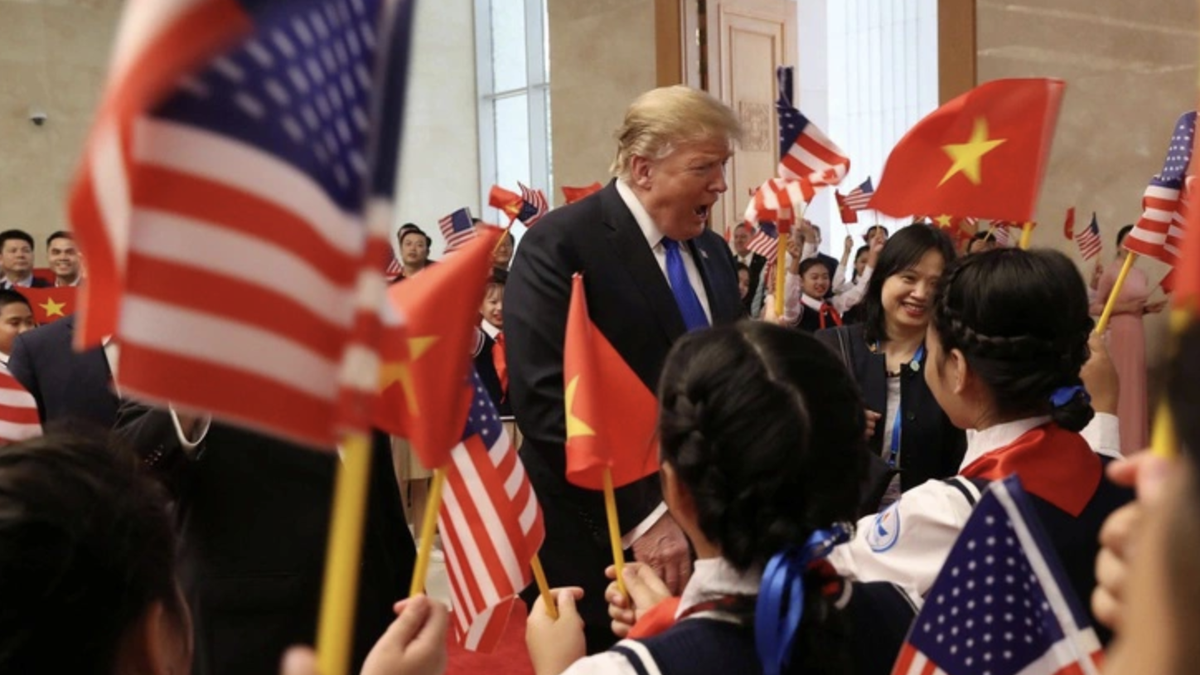
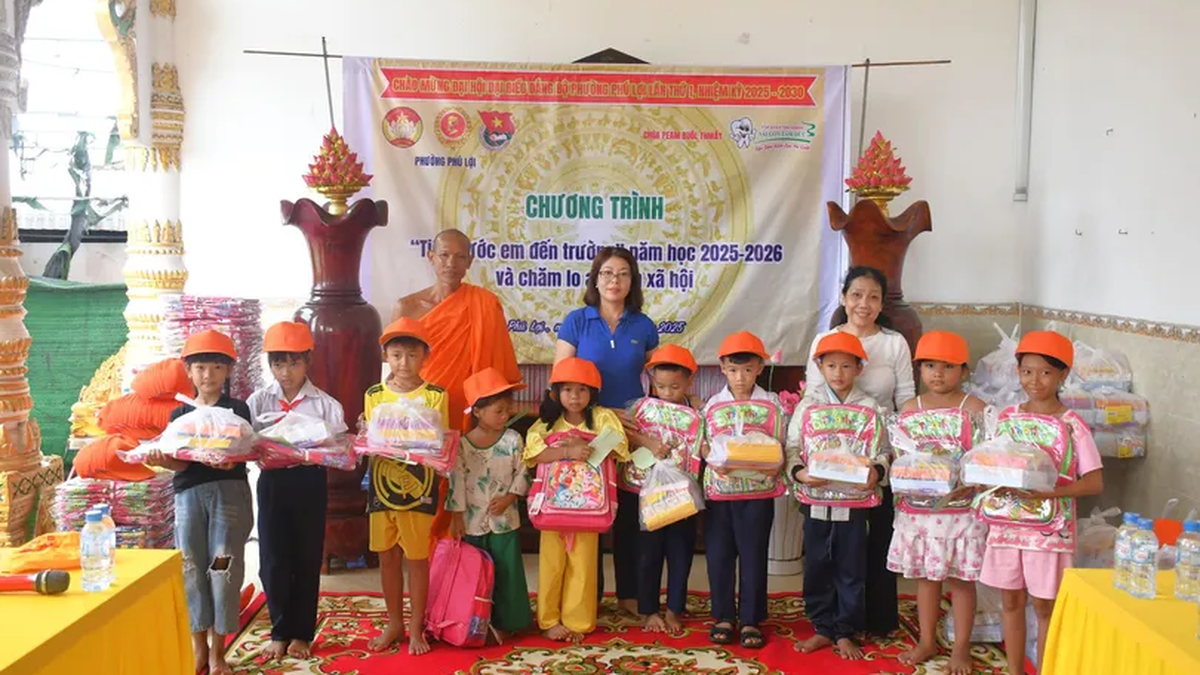


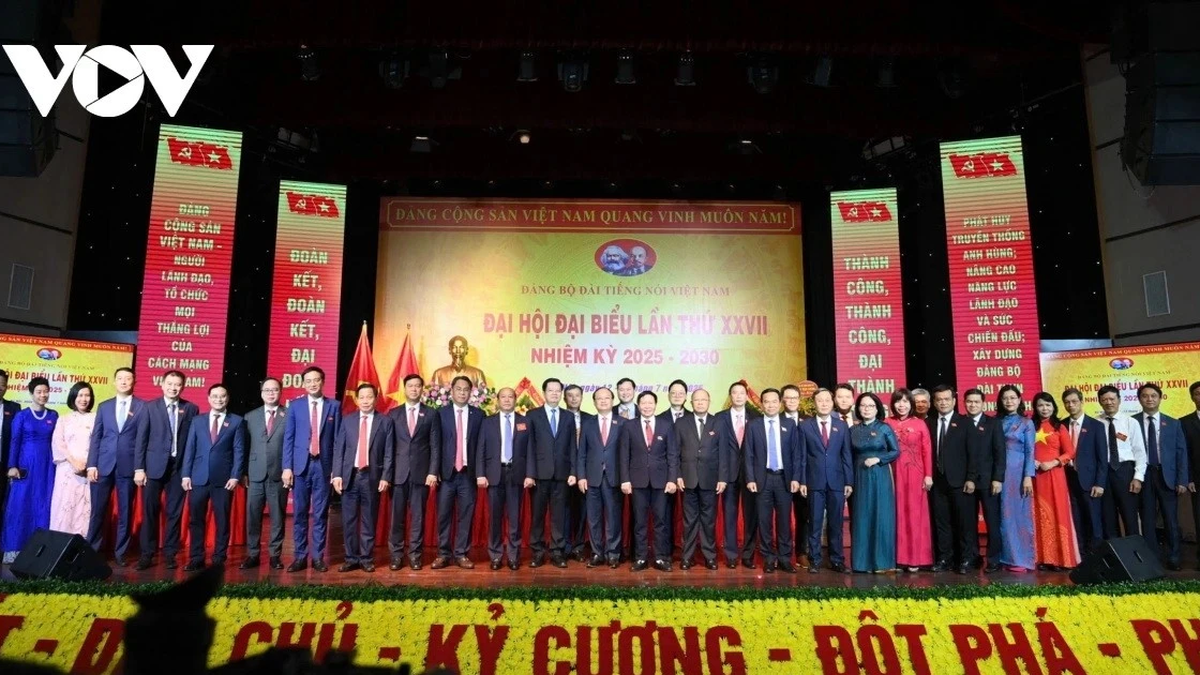
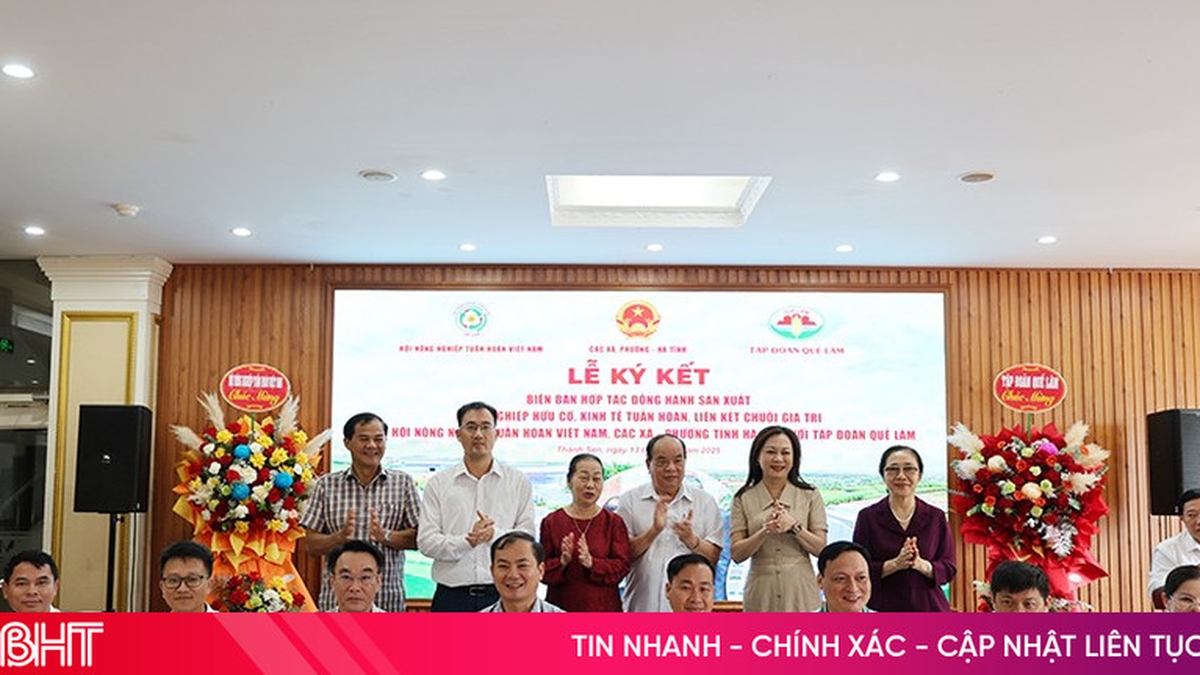


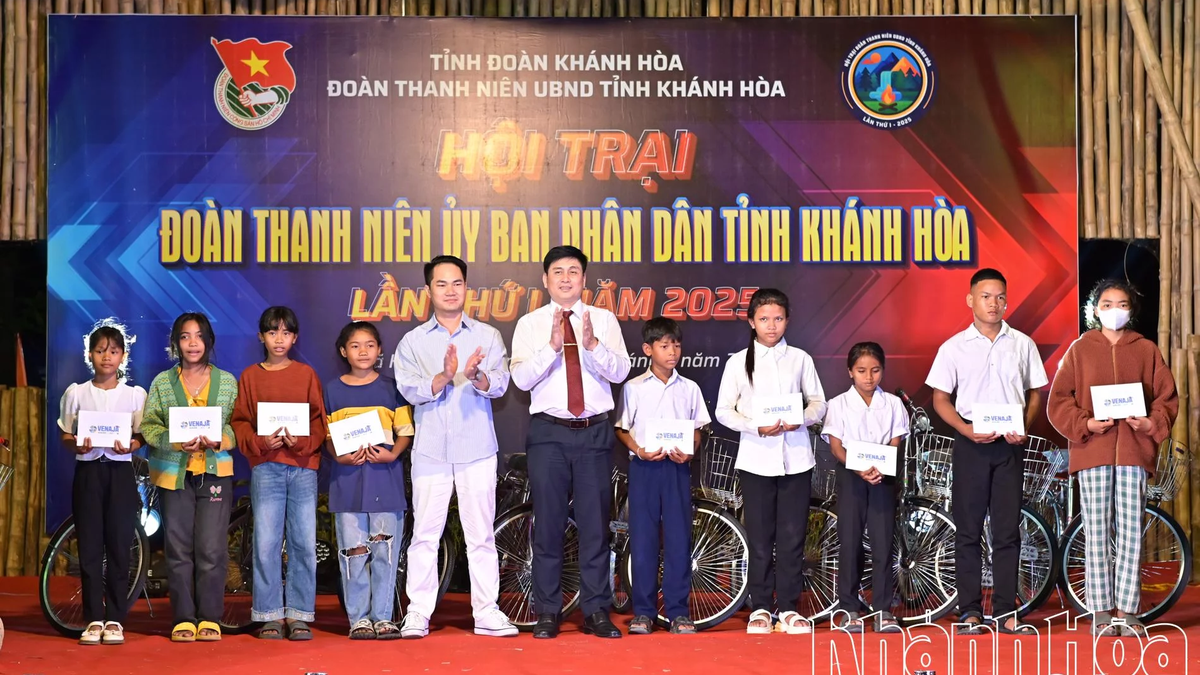































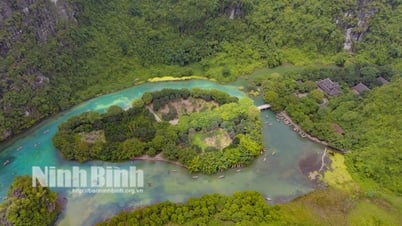







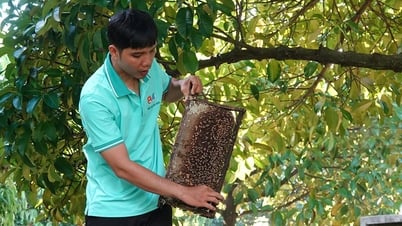



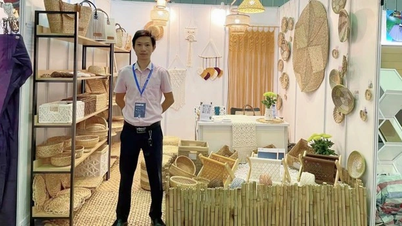














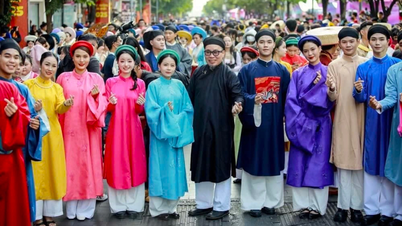







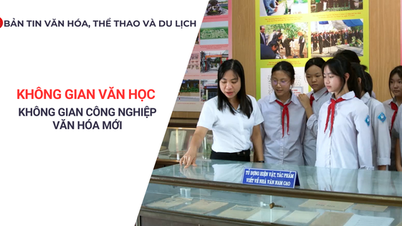























Comment (0)